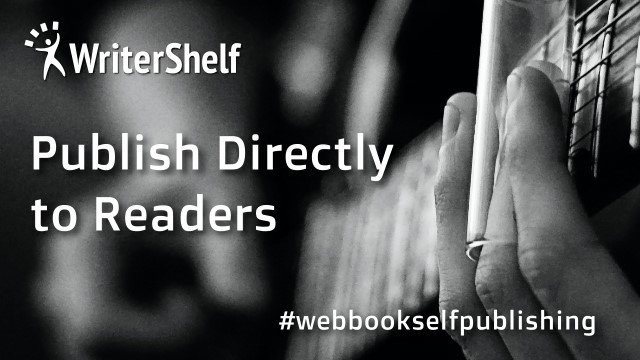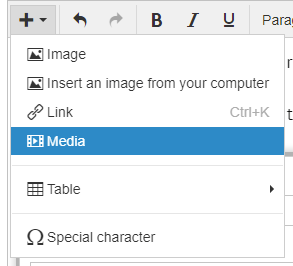The Procedure Of Plasma Cutting
464
0
·
2021/03/05
·
2 mins read
☕
WriterShelf™ is a unique multiple pen name blogging and forum platform. Protect relationships and your privacy. Take your writing in new directions. ** Join WriterShelf**
WriterShelf™ is an open writing platform. The views, information and opinions in this article are those of the author.
Article info
Categories:
⟩
⟩
Tags:
Total: 469 words
Like
or Dislike
More from this author
More to explore









Plasma cutting technology includes using a high-speed jet of ionized gases applied through a shrunk orifice. The gases, which are plasma, heat the workpiece and dissolve the matter since it carries electricity from the plasma cutter's torch. It is one of the most varied cutting methods since many conductive metals have aluminum, mild steel, and stainless steel. On the other hand, oxy-fuel is only confined to steel and ferrous metals since it casts by burning or oxidizing it. Metals such as aluminum and stainless steel make an oxide that restrains more oxidization, forming oxy-fuel cutting weak related to plasma cutting. Compressed air is usually used in plasma cutting, which is simply available. Plasma cuts more agile than oxy-fuel, making it the perfect pick for more complex plate uses.
The Advantages of Plasma Cutting
Air, nitrogen, argon, and oxygen are the major gases used in the plasma cutting process. The gases get ionized at higher temperatures and become plasma, the fourth phase of matter. Moving the plasma at high rates by a nozzle makes electricity that lets the arc release transfer to the workpiece. Many new plasma cutters use a pilot arc between the terminal and outlet to ionize the gas and create plasma before the arc transfer. The method is perfect for CNC or computer digital measured cutting since the torch is not needed to reach the workpiece. These cutters are perfect for cutting sheet metal in bent and rounded shapes. The pilot arc kind uses a two-cycle access where a high-voltage, low current circuit forms a small high-intensity fire within the torch, creating plasma.
Picking the Right Tools
The method of producing a hand-held air plasma cutter is easy. However, picking the right tools to match an application best is essential. The first step is to choose the density of the metal and the rate you need to cut. A plasma cutter's amperage and voltage range defines its ability. Unlike welding, plasma cutting needs high voltage and low amperage levels. Therefore, it is vital to avoid picking a plasma device only by amperage.
Cutting Rates and Nature
It is vital to view the cutting rates for the metal density that gets cut to estimate product rates. Many companies give cutting rate charts that star, rated cut, severe cut, and quality cut. Rated cut is the density of metal; a worker can manually cut fine steel at the rate of 10 IPM. It is the least speed to gain a stable, even, and high-quality cut. Quality cut rank is a type of capability to cut more solid material at a more gradual rate.
Conclusion
Thus, plasma cutting through cutters has become more easy and reliable. At Proteus, you can blindly trust the devices manufactured. The best suitable tools for your uses for various purposes. For more inquiries, contact us.